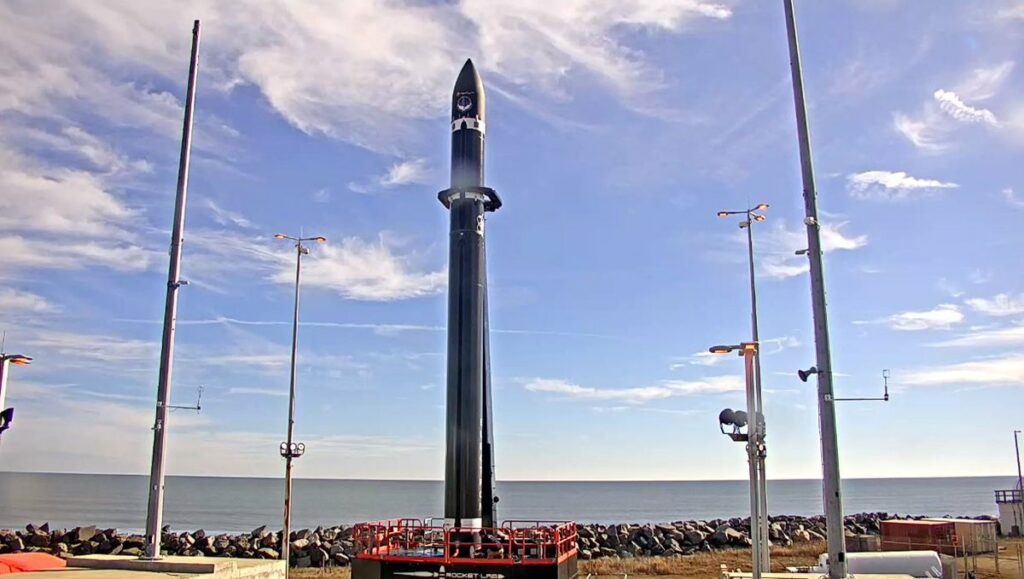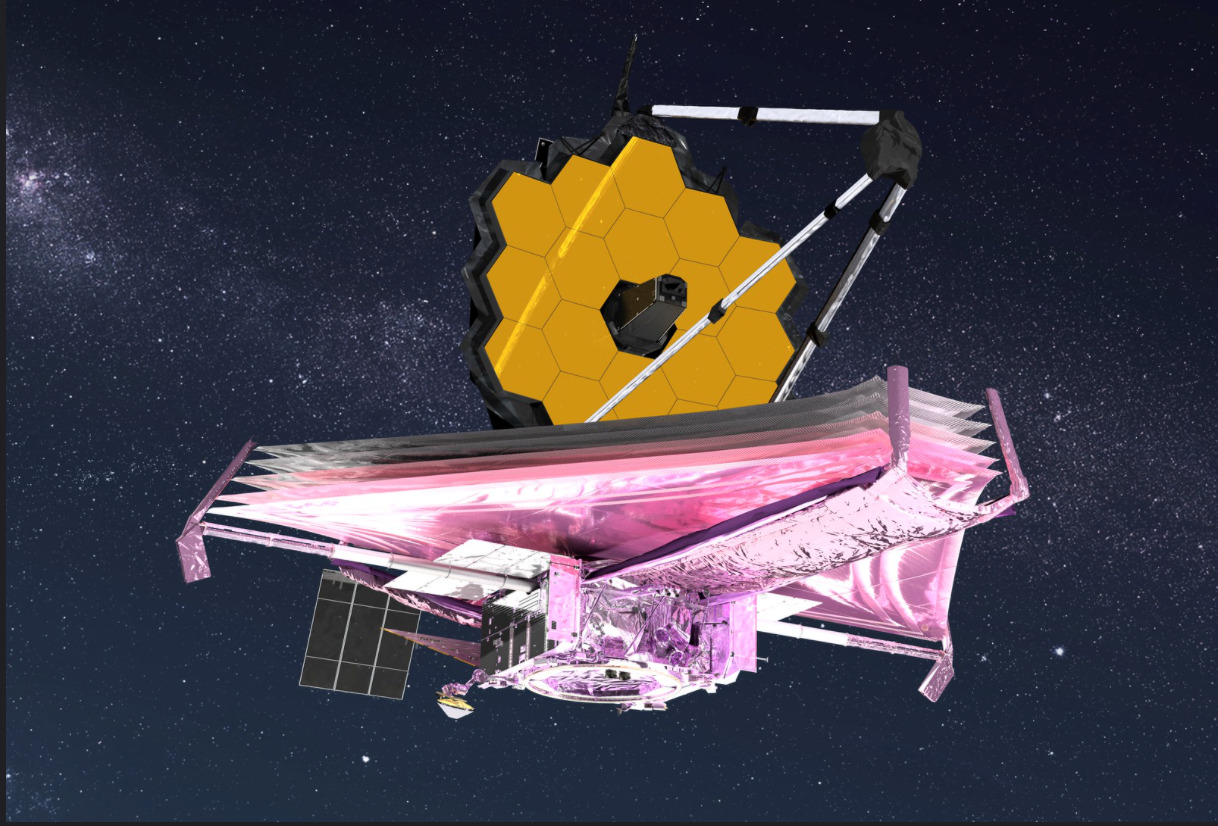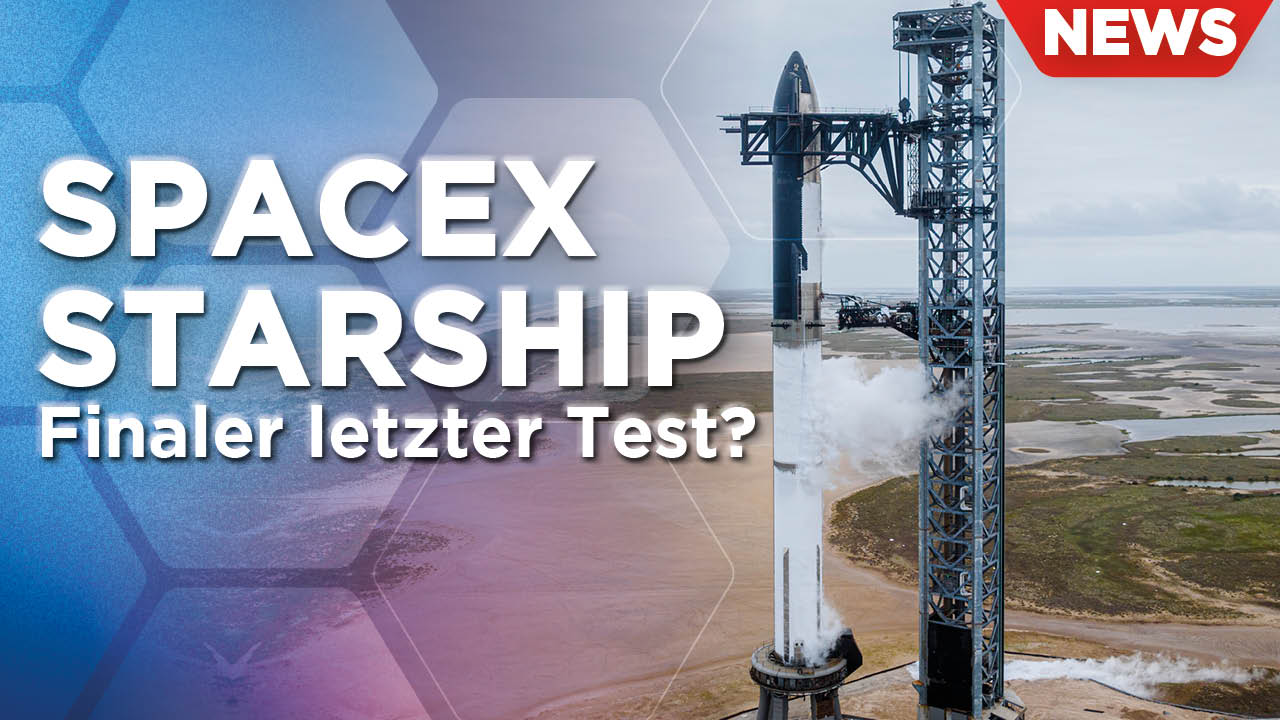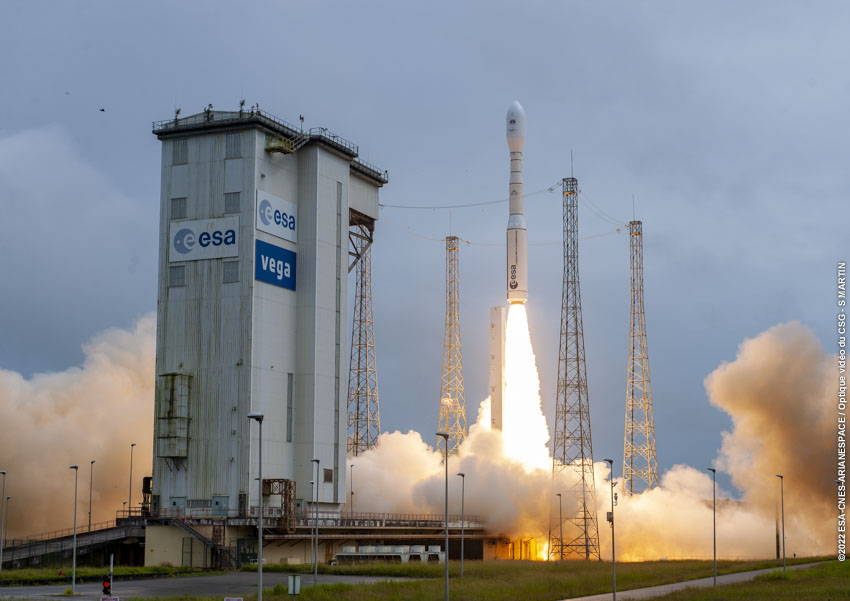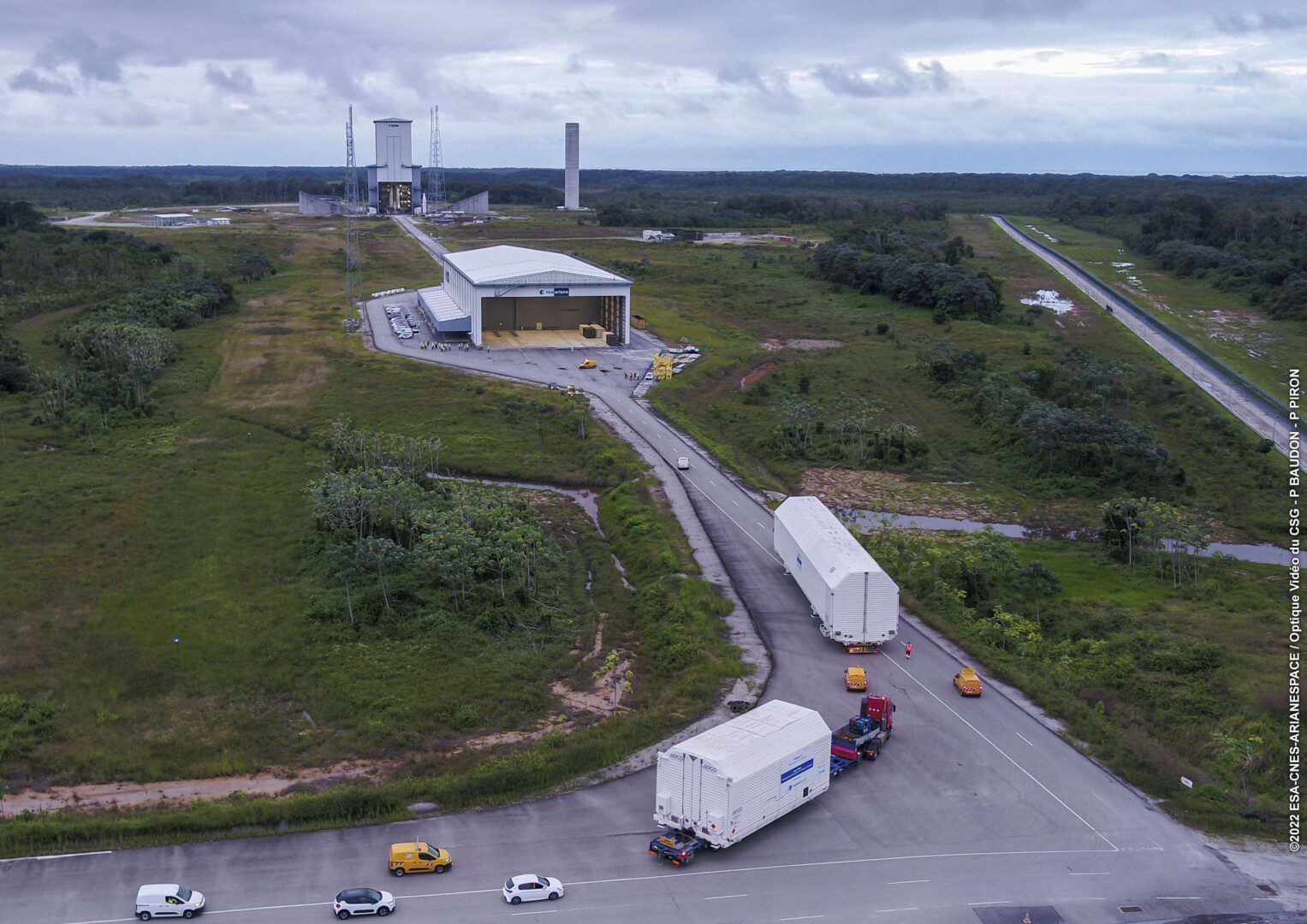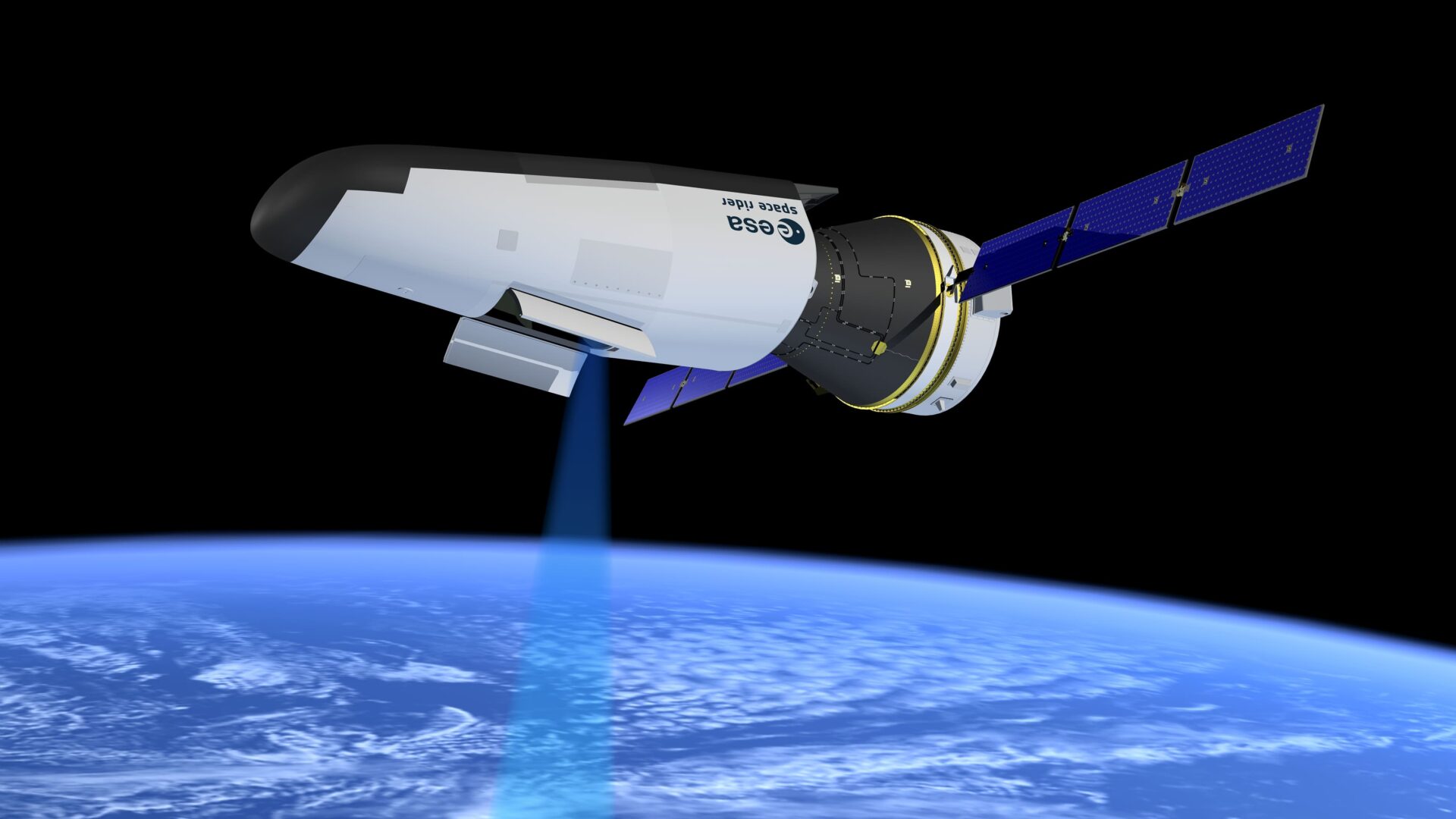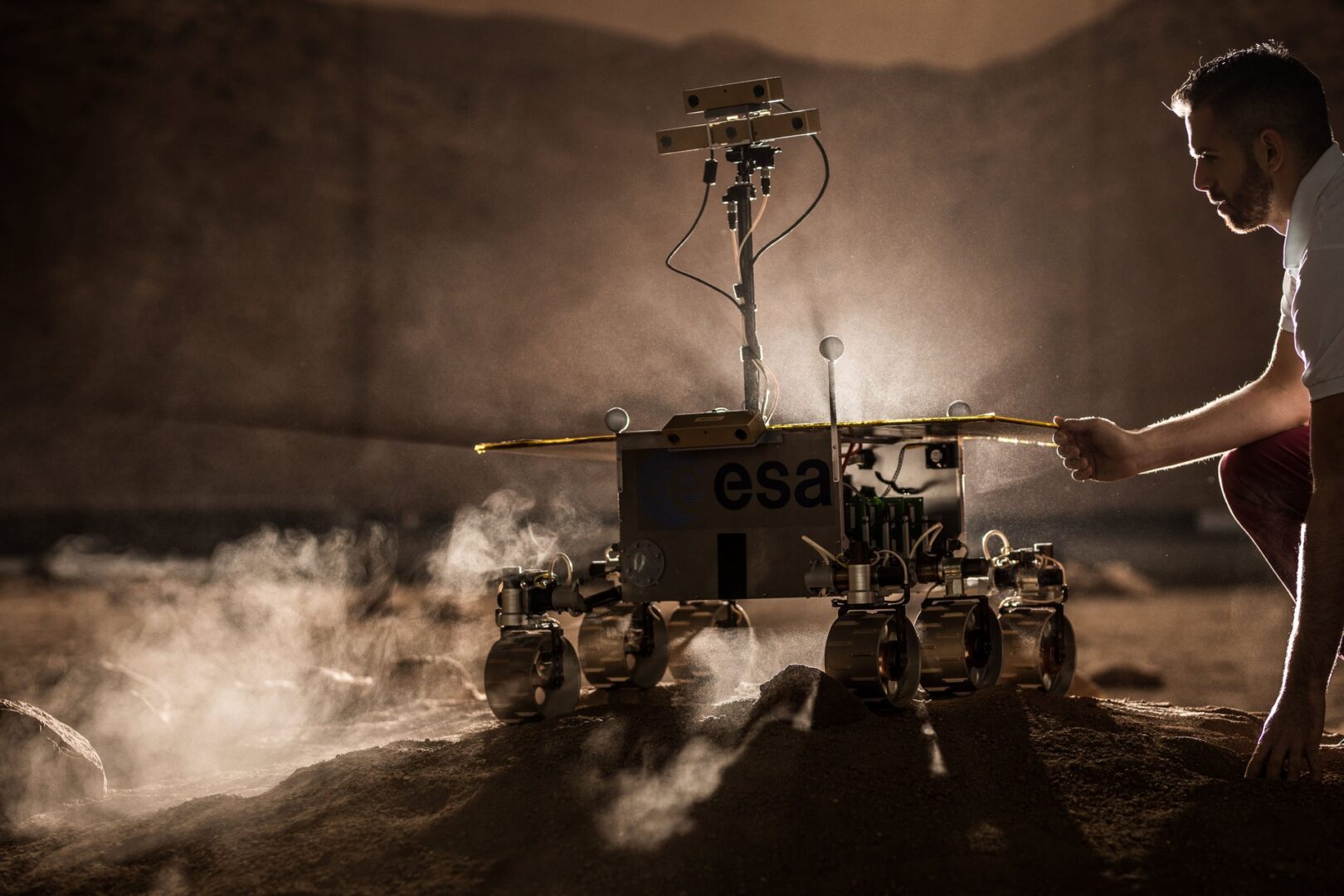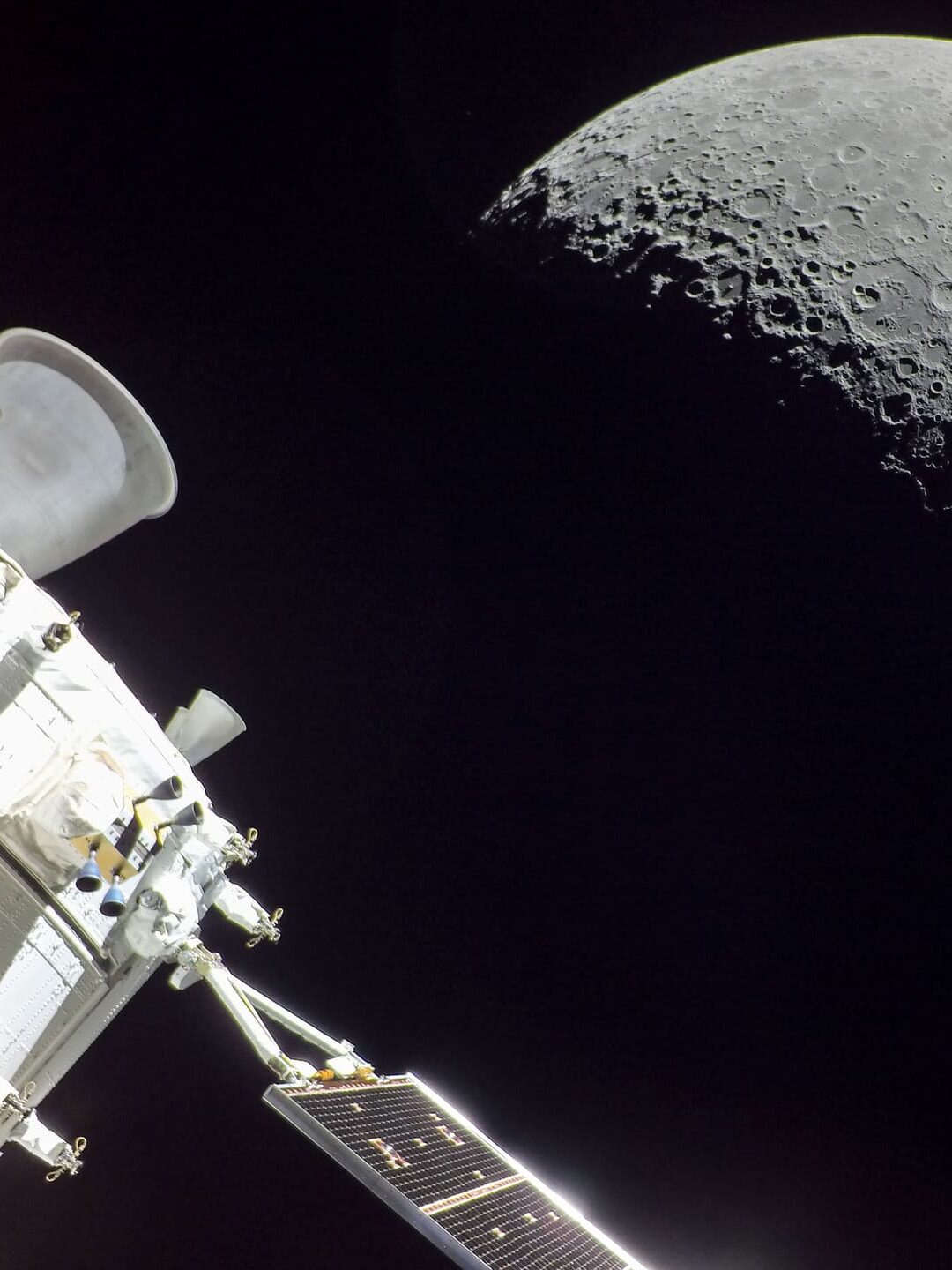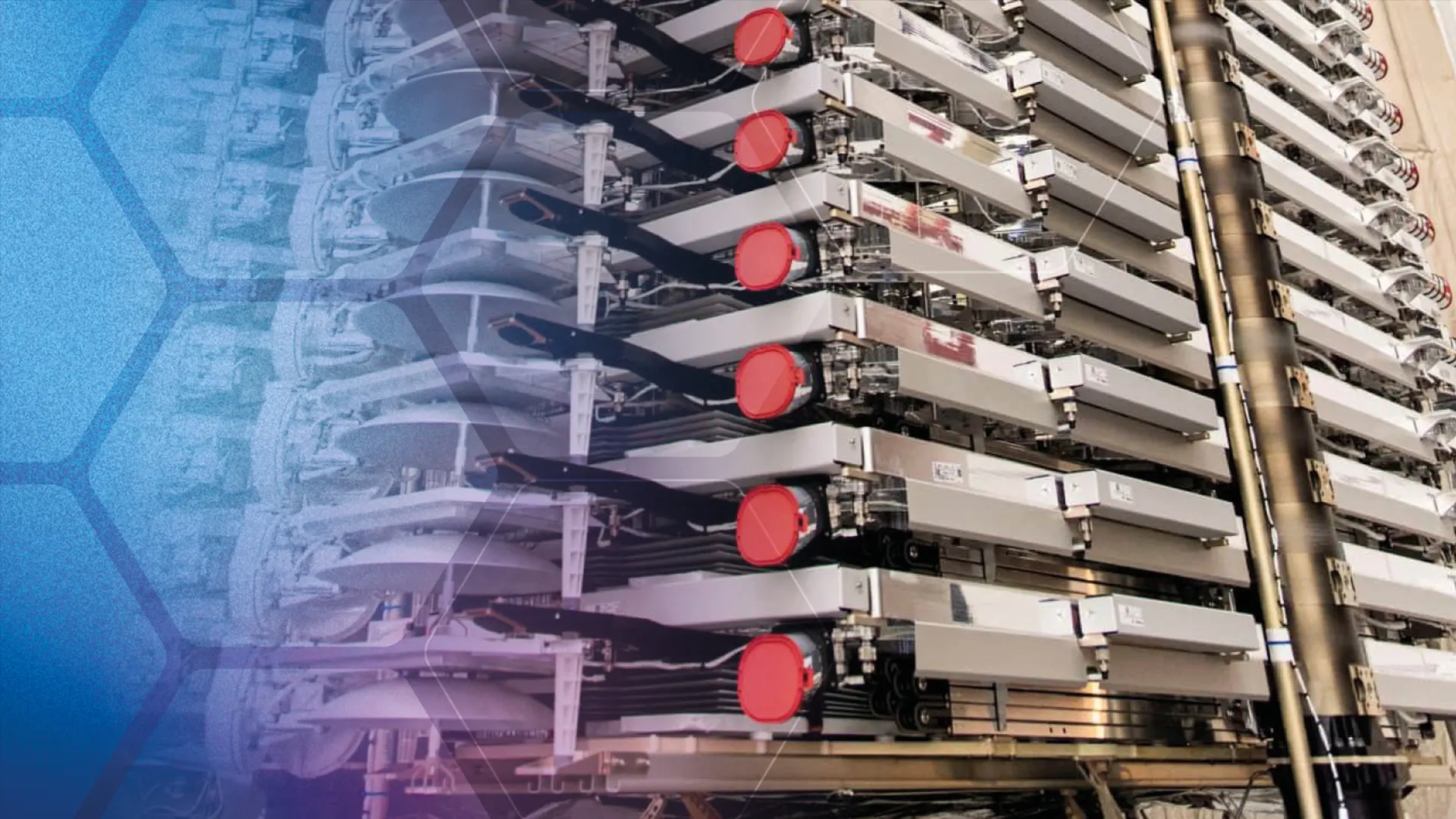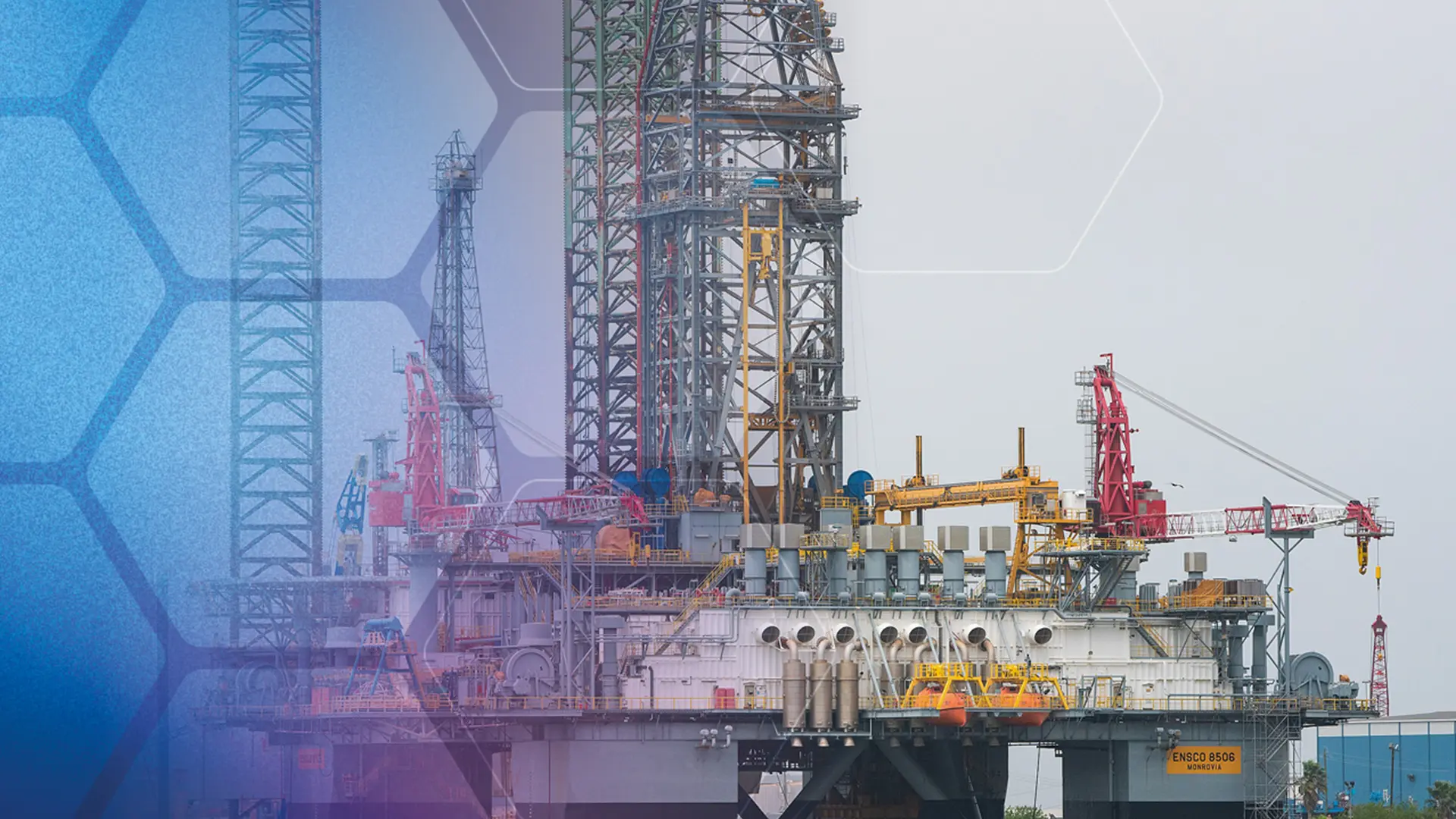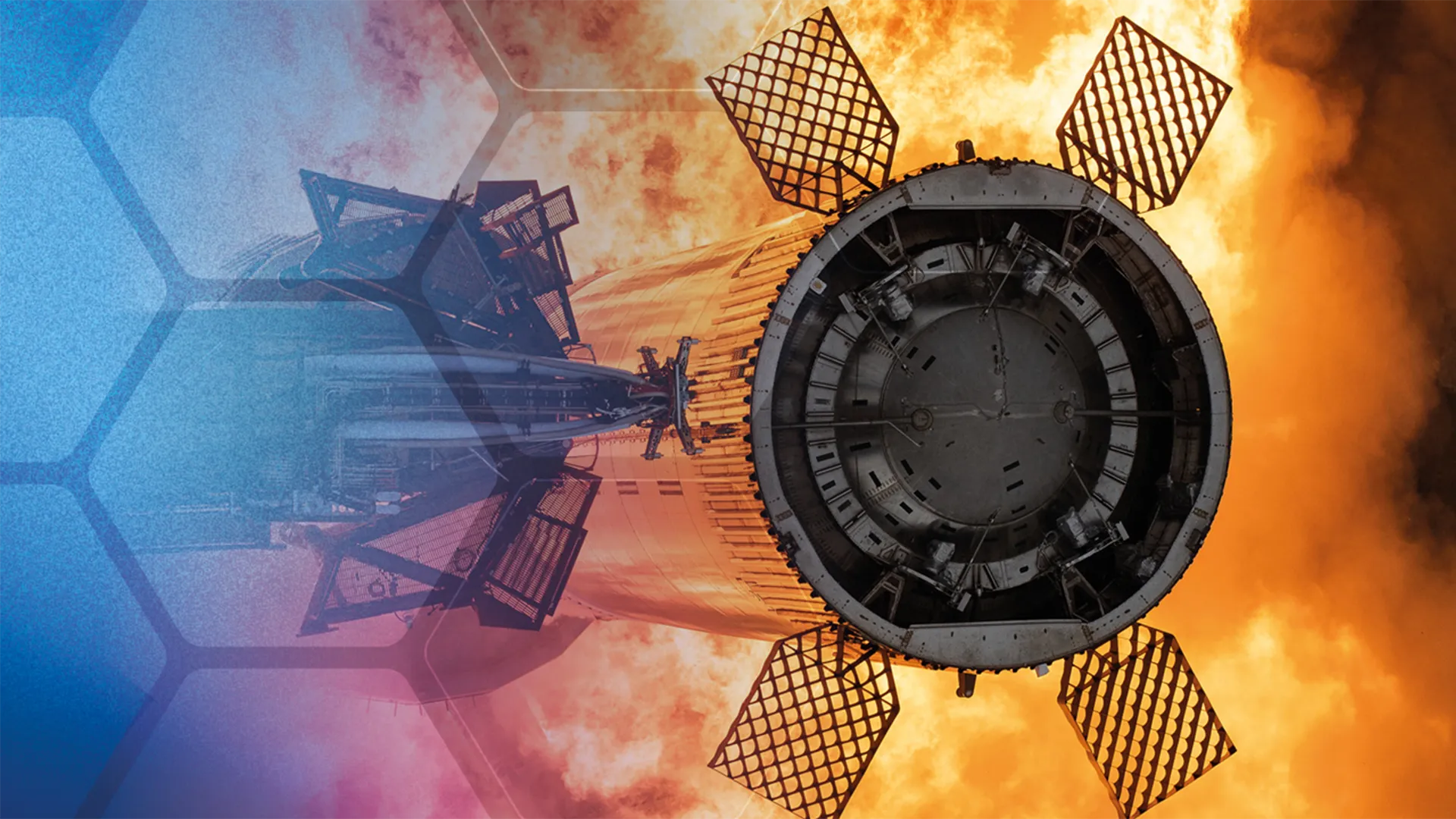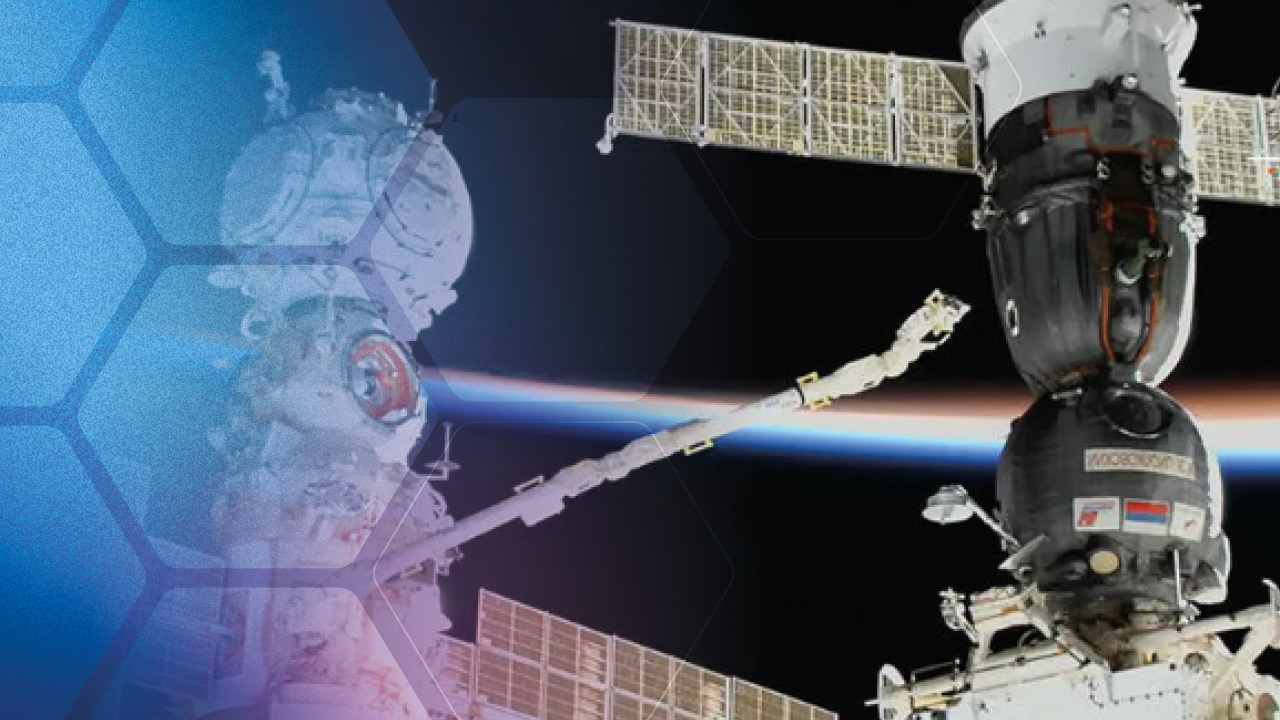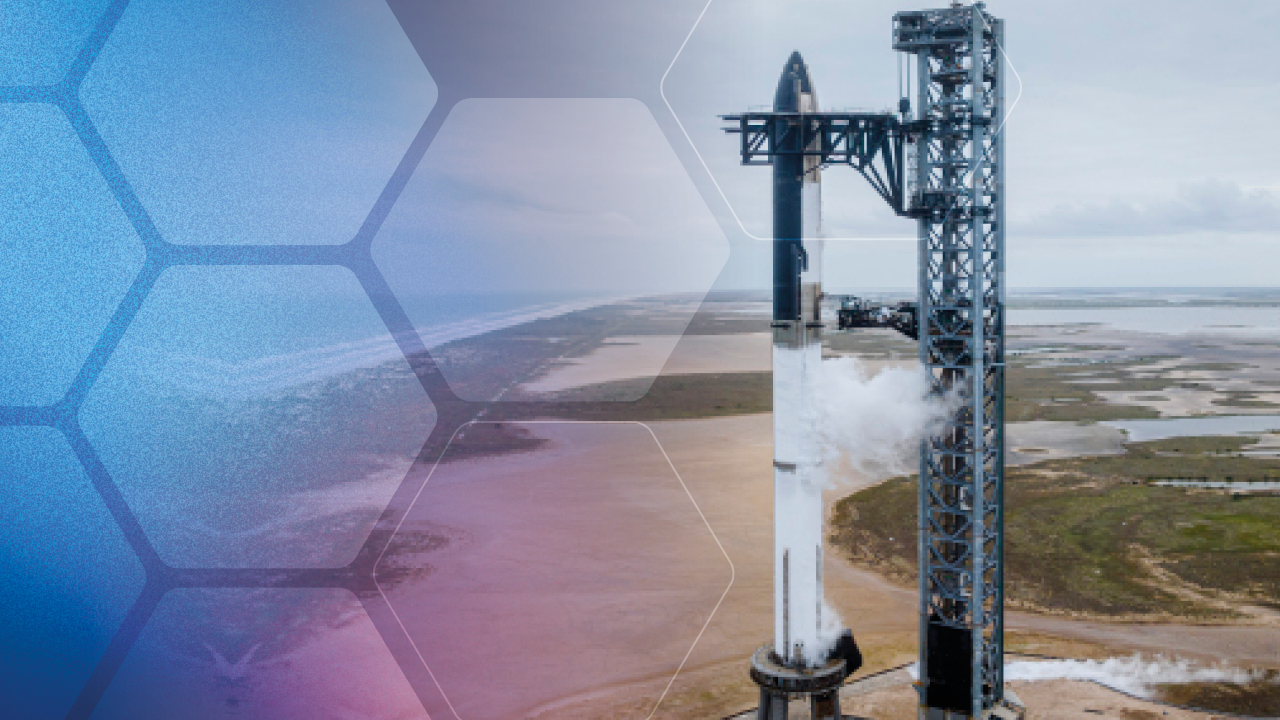
Senkrechtstarter News 04/2023
This Space News was published on Tue, 31.01.2023 – 10:56 CET in collaboration with SenkrechtstarterLast week's rocket launches
James Webb Space Telescope software error
ESA Annual Press Conference
Arianespace CEO rails against microlaunchers at European Space Conference
SpaceX Starship-News
Last week's rocket launches
Virginia is for Launch Lovers | Electron | 25.01.2023, 00:00 MEZ
Rocket Lab LC-2 (LP-0C), Wallops Flight Facility, Virginia, USA
On Tuesday night, the Virginia is for Launch Lovers mission was launched from Wallops, Virginia. It was the first launch of a Rocket Lab Electron from American soil. The New Zealand-based company had previously announced a 2020 launch from here in 2018. However, as Ars Technica reports, the certification process for the flight abort system has dragged on until October 2022.
In order to launch from the U.S., the company moved its headquarters from Auckland, New Zealand to Los Angeles, California. Four to six more launches from the U.S. are planned for 2023, with six to eight from New Zealand.
With this successful launch, a total of 155 satellites have been launched by Electron.
IGS Radar-7 | H-IIA 202 | 26.01.2023, 02:50 MEZ
LA-Y1, Tanegashima Space Center, Japan
After a forced break of more than a year, an H-II from Mitsubishi Heavy Motors was launched from Japan on Thursday, January 26. Like ESA with its Vega, the Japanese space agency Jaxa also lost a solid-fuel microlauncher during launch. Another parallel: the H-III, like the Ariane 6, is delayed. However, unlike the European heavy-lift rocket, only a fraction of the development costs have been incurred, so it can be marketed more cheaply.

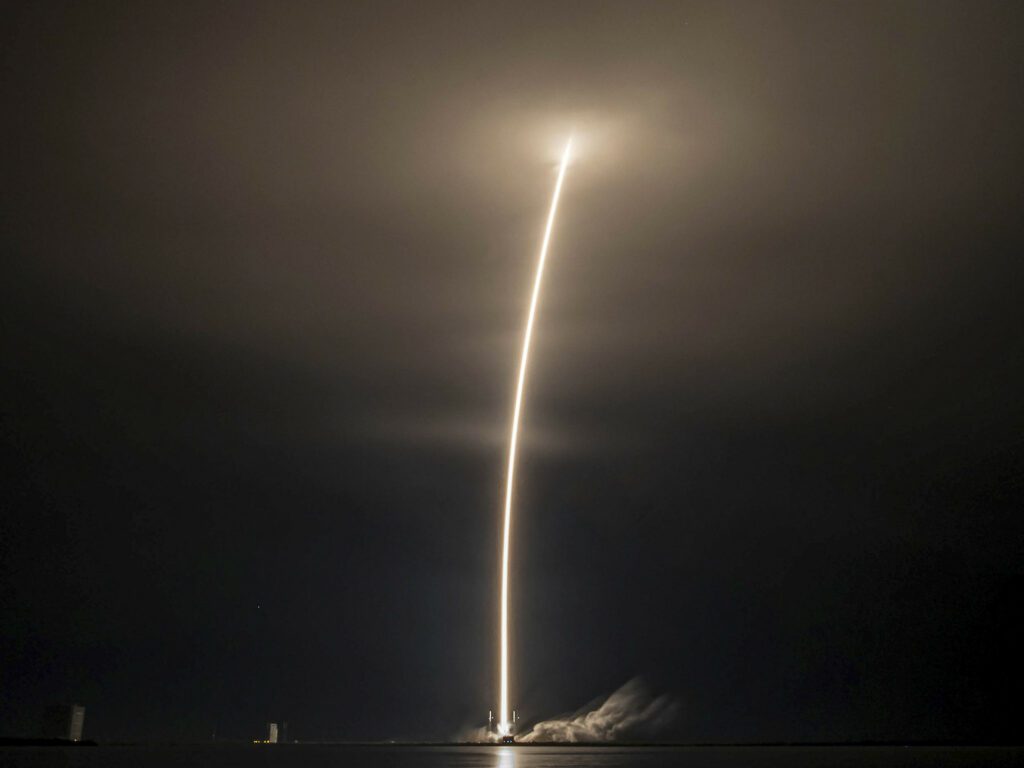
Starlink Group 5-2 | Falcon 9 Block 5 | 19.01.2023, 10:32 MEZ
SLC-40, Cape Canaveral SFS, Florida, USA
On Thursday, January 26, SpaceX once again launched Starlink Internet satellites into LEO (Low Earth Orbit) with its Falcon 9. SpaceX states that the 56 satellites had a total weight of 17.5 metric tons.
This is the highest reusable payload to date. In addition, after the 199th launch, a jubilee is coming up next time.
James Webb Space Telescope software error
The FGS/NIRISS imager and spectrograph on the James Webb Space Telescope is currently unable to collect data. This is due to a communication error in the near-infrared imager that caused the software to time out. NASA has suspended the instrument from scientific observations until further notice. It is working with the Canadian Space Agency (CSA) to determine and correct the cause of the delay. However, there is no indication that the hardware of the $10 billion observatory has been compromised. All other instruments are in good condition.
ESA Annual Press Conference
Vega-C
On January 23, ESA held its annual press conference in Paris. In addition to looking to the future, the event also revisited an incident from last year: The Vega-C failure in December 2022, with investigations expected to be completed by mid-February. According to Daniel Neuenschwander, Director of Space Transportation at ESA, this could also have implications for the Ariane-6 boosters. While the failure occurred in the Vega-C second stage, some of the same production lines are used.
Microlauncher competition for payload allocation
Germany's unilateral approach to the development of small rockets did not meet with universal approval. But the results show that the money invested in the micro-launcher competition was well spent. A similar competition is now planned for the award of payload contracts. ESA payloads will then also be approved for first flight.
Decarbonization of the European Spaceport Kourou
The European spaceport in Kourou is to be decarbonized. As announced at the press conference, solar panels will be used to produce green hydrogen for the Ariane 6 rocket.
But it should also be clear to those involved that this alone is not enough. After all, both the construction of non-reusable rockets and their transportation halfway around the world cause CO2 emissions. Nevertheless, it is important that ESA now addresses this issue.
Review of the Geographic Return Principle
As announced in Paris, ESA is also looking at one of its most critical issues: Funding. A fundamental pillar is the so-called Geographic Return. The principle is that a large part of the contributions flow back to ESA's donor countries as investments. However, this leads to complex and therefore lengthy projects, which is detrimental given the current dynamics in the industry. It is now time to consider what changes to the geo-return make sense. This seems to be a lesson learned from the Ariane 6 debacle. In addition, the industry should take a much stronger leading role in future launcher developments.
Testing Space Rider and Vulcan 2.1
The Space Rider's first mission is scheduled for 2023. It is an unmanned robotic laboratory the size of two minivans. The "mini-shuttle" has a payload capacity of 800 kg and a cargo bay with a volume of 1,200 liters, in which experiments will be carried out in low Earth orbit (LEO). Two months after launch on a Vega-C, the Space Rider will return to Earth with its payload and land on a runway. At the annual press conference it was announced that there will be drop tests this year. First in model scale, later in full size.
The advanced Vulcan 2.1 engine for Ariane 6 will also be tested, with a short test scheduled for May 2023 and a longer test in early June.
New hope for ExoMars rover Rosalind Franklin
The Rosalind Franklin rover was scheduled to leave for Mars as early as late summer 2022. However, the planned Russian-European cooperation in this mission was terminated due to Russia's war of aggression against Ukraine. This meant that the European rover not only missed the opportunity to fly to our neighboring planet, but also to land on it. Therefore, it is currently in a storage facility in Italy. It was decided at the ESA Ministerial Council Conference to build its own landing platform.
This means that Russian technology is no longer needed and they offered Russia to have workers disassemble their parts. However, it remains unclear if and when the ExoMars mission will launch.
No European astronauts on Chinese space station
As part of the Artemis missions, humanity is about to return to the Moon after more than 50 years of abstinence. However, the seats are rare and therefore highly coveted. Intense negotiations are underway to decide who will get one. They should be completed before the end of this year.
In this context, ESA's announcement that it does not want to send astronauts to the Chinese space station Tiangong is not insignificant. German astronaut Matthias Maurer had already completed his initial training in China. The assumption that this cancellation was due to pressure from Washington was immediately denied by the ESA Director General on Twitter. But given the current geopolitical situation, nothing seems unthinkable at the moment.
Arianespace CEO rails against microlaunchers at European Space Conference
The European Space Conference (BBESpaceConf) is an established event in the space industry. The 15th edition of the conference was held on January 24 and 25 in Brussels and brought together numerous representatives from industry and politics. Stéphane Israël, CEO of Arianespace, also contributed to the debate on the future of European space. It is no secret that he is not particularly fond of micro-launchers. And he did not hide his opinion at BBESpaceConf.
It should be said at the outset that he does not like the idea of reusable rockets. However, his criticism is not only directed at this new approach in the space industry, but especially at small launch vehicles. He is only too happy to deny them the opportunity to provide independent access to space. This is a very short-sighted view of an industry that is undergoing fundamental change.

Arianespace is getting some competition
The fact is that micro launchers have a limited payload capacity. But a look at the young history of spaceflight shows that it makes perfect sense to gain initial experience with small rockets and then scale them up to larger launchers. After all, access to space is not measured by a payload that can theoretically be put into orbit, but by a rocket that can actually fly. A look at the statistics also shows that a rethink is urgently needed. Currently, more rockets are launched from New Zealand than from European soil.
Incidentally, Israël's criticism could be motivated by the fact that the newly developed micro launchers will sooner or later challenge Arianespace's monopoly position. Lutz Bertling, Chief Strategist at OHB, recently commented on a more powerful version of the RFA One. He said it would be able to lift up to 700 kg into medium earth orbit (MEO, 2,000 to 35,786 km). These orbits are home to the Galileo navigation satellites and the European IRIS2 satellite constellation. However, the satellites required for these missions are so large and heavy that they can no longer be launched with microlaunchers. So far, only VEGA, which is marketed by Arianespace, has the necessary transport capacity. But the ambitions of micro-launcher manufacturers could soon change that.
SpaceX Starship-News
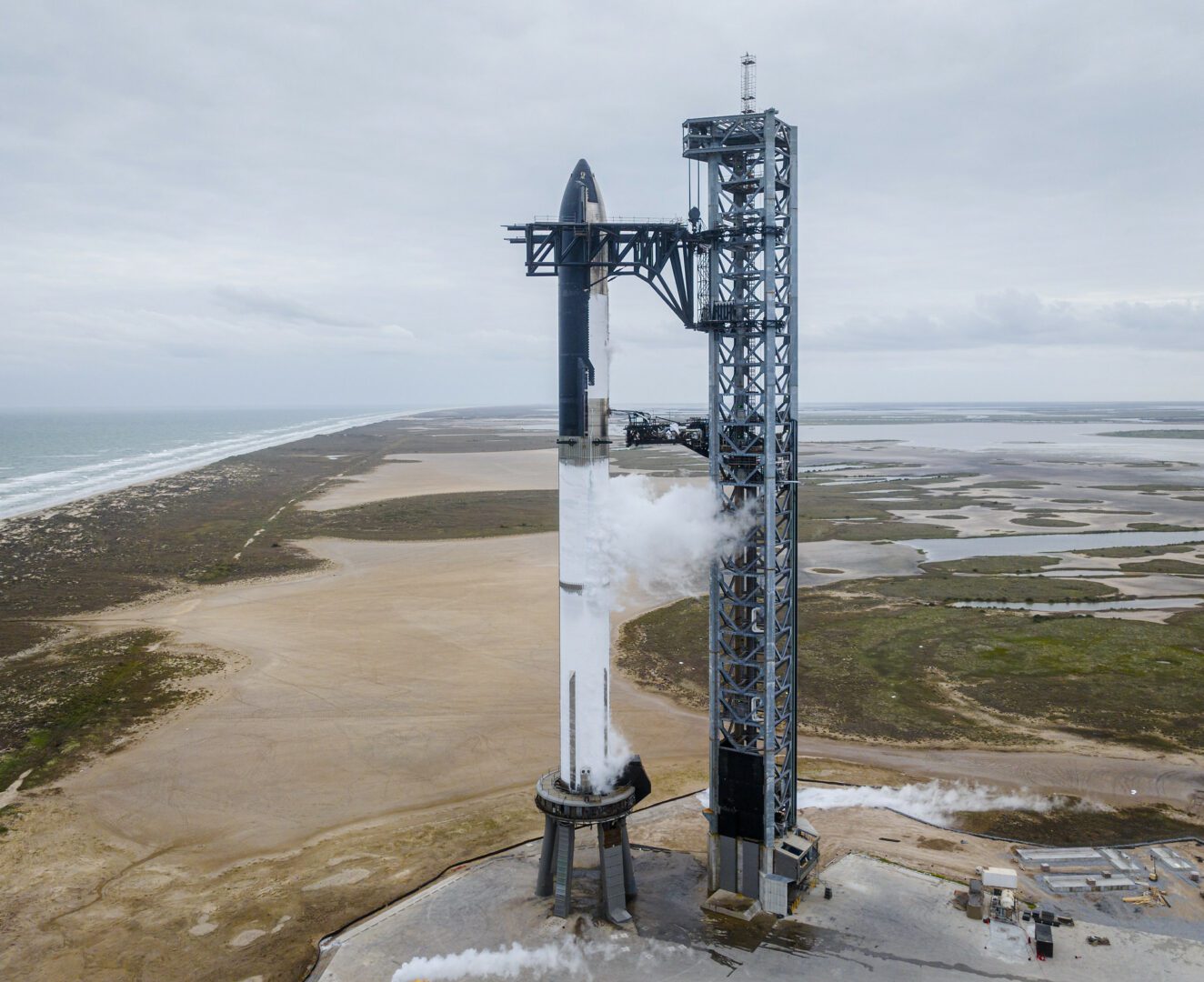
Starship SN24 Wet Dress Rehearsal
Starship has completed its first full prelaunch wet dress rehearsal (WDR). SpaceX announced that the entire rocket - consisting of the first stage Super Heavy Booster 7 and the second stage Starship 24 - was loaded with 10 million pounds (4,500 tons) of fuel. That's about twice as much as the Saturn V "moon rocket" could carry. Refueling the largest, heaviest and most powerful rocket ever built, at 120 meters, took a total of about an hour. It was also a challenge for the ground support system, as 4.6 million kilograms of liquid oxygen and methane had to be pumped into the spacecraft per hour. According to Elon Musk, the system is designed for even higher speeds.
Staticfire preparations in progress
Meanwhile, Starship 24 has been jettisoned from Booster 7. According to SpaceX, Booster 7 is preparing for a static fire test of all 33 Raptor engines. This long-awaited test will likely be preceded by a so-called spin-prime test, in which the 33 engines will be fired briefly without main combustion.

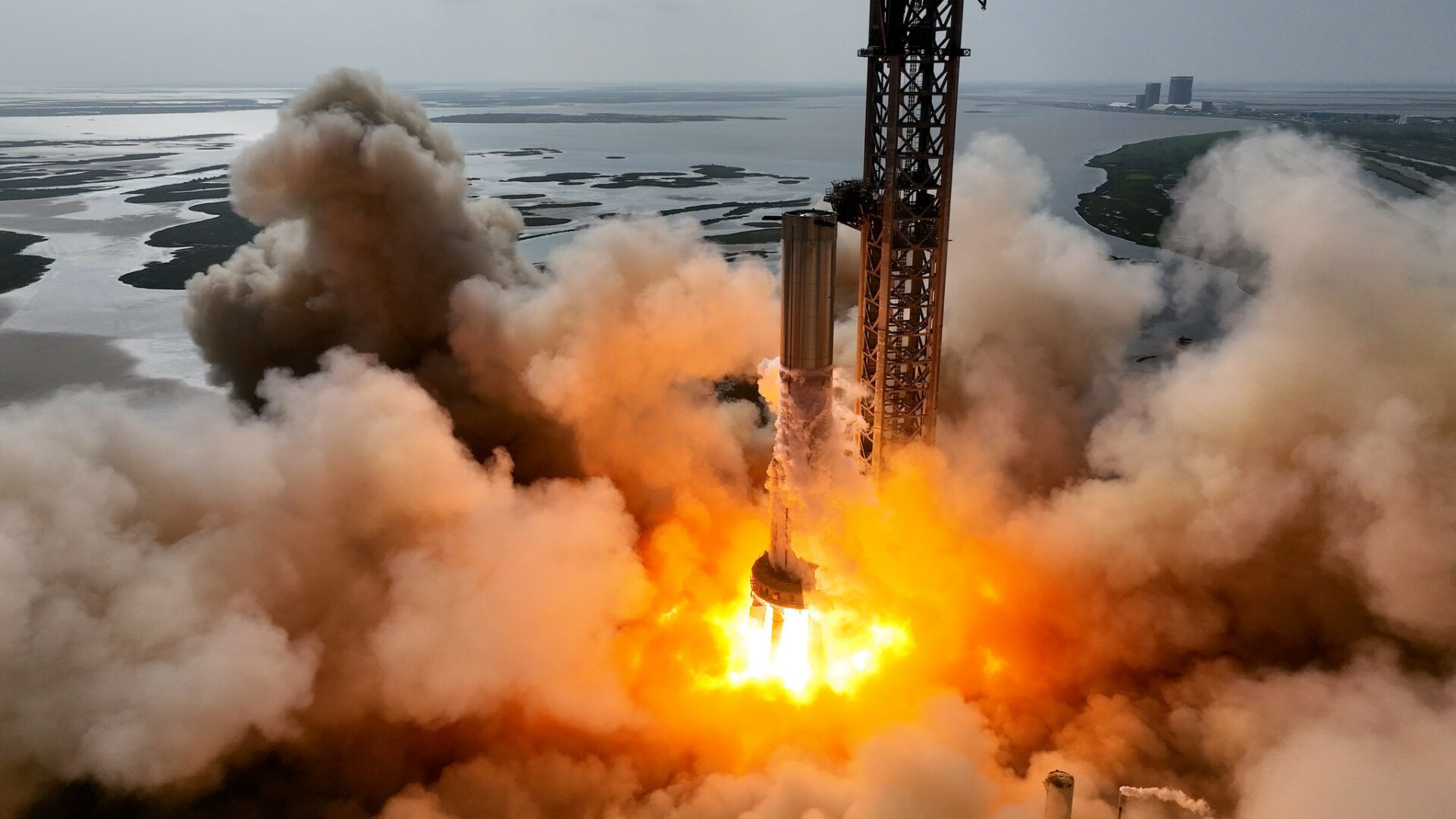
The most powerful rocket ever: almost 7,600 tons (16,7 mio lbs) of thrust
Each of the Raptor's engines requires 2,000 pounds of fuel per second to deliver its immense power. The pipes inside the super-heavy booster must deliver 23 tons of fuel to the engines every second. What happens when the engines' thrust dumps exhaust, heat, and sound pressure on their surroundings is something even SpaceX engineers probably don't know for sure.
Starship under close observation prior to its orbital flight
While a static fire test is not the same as an orbital flight, if it is successful without major damage, it would be an incredible achievement for the Starship program. If the 33 Raptor engines are still running at launch thrust, that's nearly 7,600 tons of thrust. For comparison, the Artemis 1 SLS had a launch thrust of just under 4,000 tons. The test is rumored to take place within the next 2 weeks. The U.S. Federal Aviation Administration (FAA), which has yet to grant SpaceX a launch permit, will be watching closely.
Starship SN25 and Booster 9 Booster Update
If, contrary to expectations, the upcoming test destroys Booster 7 and SN 24, SpaceX can and will continue the program. Because the next rocket is already being prepared. Booster 9, for example, is ready to receive its Raptor engines. SN 25, on the other hand, has undergone initial testing and is waiting within sight of the launch table for a static fire test with 6 Raptors.


